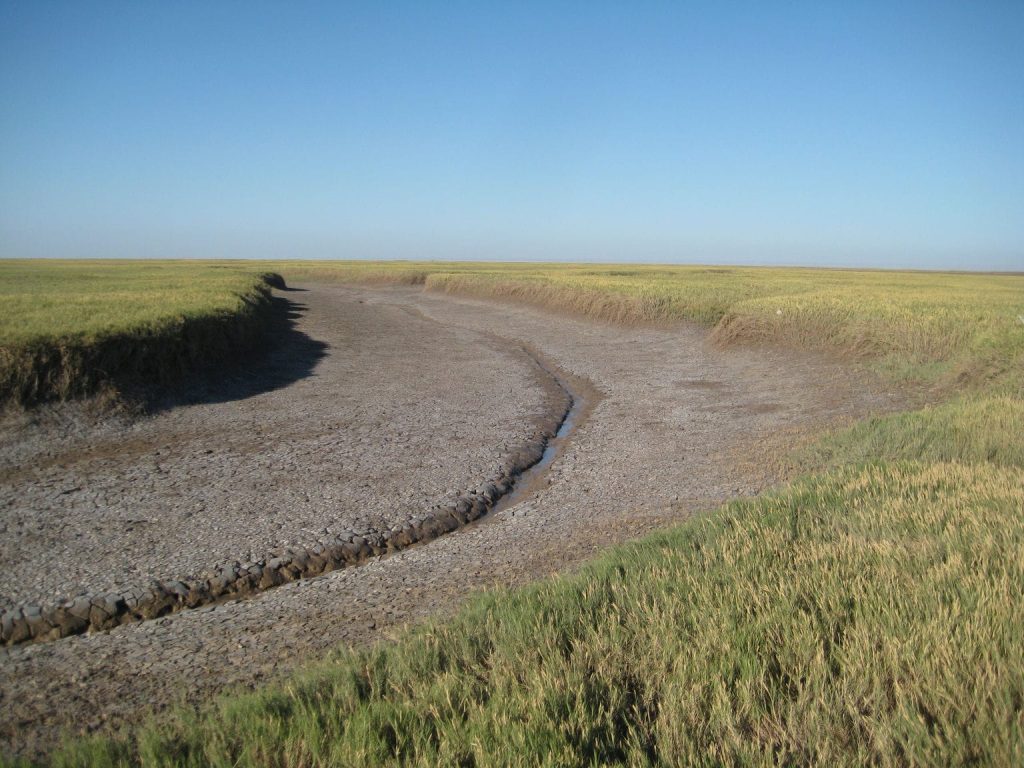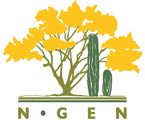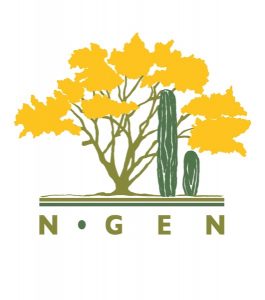
Title: The Colorado River Delta and Upper Gulf of California
Participants: Salvador Galindo Bect, Osvel Hinojosa Huerta, Karina del Carmen Lugo Ibarra, Octavio Aburto, Ivonne Giffard Mena, Emmanuel Mario Bernal Loaiza, Angelina Martínez Yriza, Steve Marlett, Eric García Cárdenas, Gloria Ciria Valdéz, Richard Felger, Martha M. Gómez Sapiens, Omar Cadena Aragón
We organized a session on the relationship between the Colorado River and the health of the delta ecosystem and the Upper Gulf of California, with a diversity of perspectives: marine productivity and fisheries, wetland restoration, bird conservation, protection of native plants, the presence of contaminants, public health and the alternatives to improve the conditions of the area. We also discussed the need to understand the dynamics of land-ocean interactions in the Gulf of California, specifically the importance of freshwater flows to riparian corridors, coastal zones, mangroves and fisheries. The key conclusions from the group included:
The reduction of flows from the Colorado River has caused significant impacts in the delta and Upper Gulf of California. In the gulf, the lack of flows and influx of nutrients has caused a reduction in the populations of shrimp and other species, and thus affecting fisheries productivity and the livelihood of the communities in the region.
The initiative to improve the conditions in the Delta and Upper Gulf should include a comprehensive watershed approach, with a shared binational responsibility, that includes the dedication of water for the environment, the protection of the diversity of habitat types in the region, the consideration of the needs of waters and nutrients for the health of the Upper Gulf of California, the evaluation of water quality and effects on public health, and the participation of a wide range of stakeholders at multiple levels.
The improvement of conditions in the Upper Gulf of California, including the conditions of fisheries and protection of species, has been based on strategies to manage the fisheries, but should also consider the need to improve the influx of nutrients and improve the nursery habitat by increasing the inflow of freshwater flows.
Multiple water sources have been identified to restore the delta and flows into the Upper Gulf, including agricultural drainage, treated effluent from wastewater plants and irrigation water rights. These flows can be valuable, but there is the concern on the water quality of these sources and their potential impact on public health, since there are significant human activities in the Hardy River, including recreation, sport, subsistence and low-scale commercial fishing, and hunting. We need to integrate all the information and knowledge about water quality in the region and generate clear recommendations for resource managers and conservation practitioners in relation to the use of these water sources for wetland restoration.
Nipa (Palmer’s saltgrass – Distichlis palmerii) is an endemic grass from the Upper Gulf of California and Colorado River delta. It is one of the most important plants in the region and in Mexico, as it maintains a unique habitat type in the mouth of river, and because it holds a huge potential a crop that can be sustained with saline water. The information on the species is still limited, and a research program should be implemented to learn more about the relationship of the grass with river flows and its role on the nutrient dynamics in the delta estuary and Upper Gulf.
We need to understand better the role of the rivers of Northwestern Mexico in the health of coastal ecosystems and the Gulf of California. We need to generate the information on how much water and nutrients used to reach the Gulf of California decades ago before the development of large agro-hydrological projects in the region, and also understand the conditions today. We also need to bring the experiences from the Colorado River delta to other basins in the region, to start implementing conservation actions region wide.
Finally, we plan to develop a white paper document documenting these needs, to integrate a working group to follow up with these conclusions.


